Over the past decade, LIGO/Virgo/KAGRA have given us abundant evidence for gravitational waves emitted by binary systems. But binaries can also absorb gravitational waves, leaving potentially detectable imprints on their orbits. In this talk, I will describe how this effect can be used to search for gravitational waves at frequencies that are inaccessible to all other current and future experiments — in particular, how laser-ranging measurements of the Moon and other satellites around the Earth will allow us to explore the “microhertz gap” between the frequencies probed by pulsar timing arrays and future space-based interferometers such as LISA. As examples of the discovery potential of this approach, I will show how it is able to place unique constraints on gravitational waves from cosmological phase transitions, and will discuss how it will shed light on the possible gravitational-wave background recently detected by various pulsar timing arrays.
Wednesday
2 Jul/25
11:30
-
12:30
(Europe/Zurich)
Bridging the microhertz gap in the gravitational-wave landscape with binary resonance
Where:
4/2-011 at CERN
